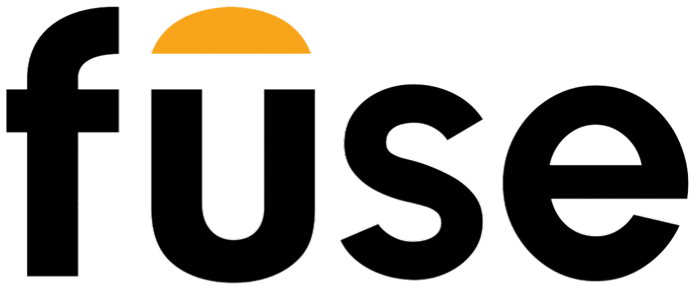Architects of Choice
![iStock-1348898299 [Converted]](https://fuse-events.com/wp-content/uploads/2023/04/iStock-1348898299-Converted.png)
By Jennifer D. Collins, Founder, Fuse
Editor’s Note: This is the first post in what will become an ongoing series of personal reflections on the intersection of events and community. We’ll add a new post every month, so check back soon for the next one!
From a very young age, we have an inherent need to feel like we fit in. Anyone who was ever picked last for the kickball team or was left off a party invitation knows what I’m talking about. As we get older, we learn to be more discerning about the groups and teams we want to be a part of. But we still all experience some sense of emotional uncertainty at different times in our lives, whether walking into a crowded room and searching for a familiar face or attending an event for the first time where it seems everyone else already knows each other.
Recently, I had a conversation with a CMO for a Fortune 100 company, and he shared that he attended a tradeshow for the first time a few years back, with a significant budget in hand, looking to partner with vendors. He ultimately did one or two deals, but he felt like such an outsider at the event that he never returned.
This reminded me of the importance of inclusion and instilling a sense of belonging at events. So, I connected with Naomi Clare Crellin, Founder and CEO Storycraft Lab, to discuss the strategy behind designing inclusive experiences, which ultimately drive retention, revenue and NPS. (See the data points here – McKinsey study and Harvard Business Review)
As event organizers and community builders, we are essentially architects of choice. We curate content and experiences designed to appeal to and engage our target audiences. We typically map out the journey we want the audience to experience and plan pre-defined outcomes or measures of success. As a design creator, Naomi suggests that some of those choices should be put in the hands of the audiences to enable them to personalize their own experience – thus generating a genuine feeling of belonging. There is considerable merit to this given our experiences in the past few years battling the pandemic. It exposed many sentiments of how we work, relate to one another, invest our time, and assign value. All in all, these considerations represent personalization and how we want to live at home, work, or play.
We spend a lot of time researching and shaping the content of an event. During that process, there is also an opportunity to ask questions and think through what personalization looks like for your audience so you can best determine if you are curating the right choices for them.
Let’s take networking, for example. Your audience may say networking to meet new prospective partners is a priority, but how do they like to network? Are they introverts, extroverts, friendly, or competitive? Based on their personality type, that huge cocktail party eating up most of your budget could be their worst nightmare. I totally understand if you think it’s cumbersome to design an individual experience for each participant. However, you can enable each participant to make their own choices based upon preference.
During my conversation with Naomi, we share many tips on how to be inclusive of diverse needs and practices, from identifying preference sets to breaking down the event into micro-journeys. I invite you to listen at your convenience and hope you benefit from the actionable takeaways.
Finally, I’ve recently started seeing articles about an update to the DEI acronym to include a “B” for belonging, emphasizing that employers fail to retain employees from underrepresented groups because they don’t feel like they belong – a direct correlation to events and communities. As architects of choice, if we clearly understand our audiences’ preference sets, we can ensure we offer appropriate options to cultivate that sense of belonging while building that long-term customer relationship.
How do you foster inclusivity and belonging? Join our LinkedIn group, Fuse Community for Event Professionals, to join the discussion.
Jennifer D. Collins is the founder of Fuse. She is a Certified Meeting Professional (CMP), Digital Events Strategist (DES), and well-known events industry thought leader. Jennifer is the recipient of numerous awards and national recognition, including the BizBash 500 List of Most Influential Event Professionals and the Smart Women in Meetings Award. Her company, JDC Events, has been ranked as one of the top D.C. meeting and event planning companies by the Washington Business Journal since 2006. An advocate for helping others, Jennifer is Vice Chair of the Board for WBEC Metro NY and WBEC Greater DMV, Chair of the American University School of Communication Dean’s Advisory Board, and internationally best-selling author of Events Spark Change: A Guide to Designing Powerful and Engaging Events.
